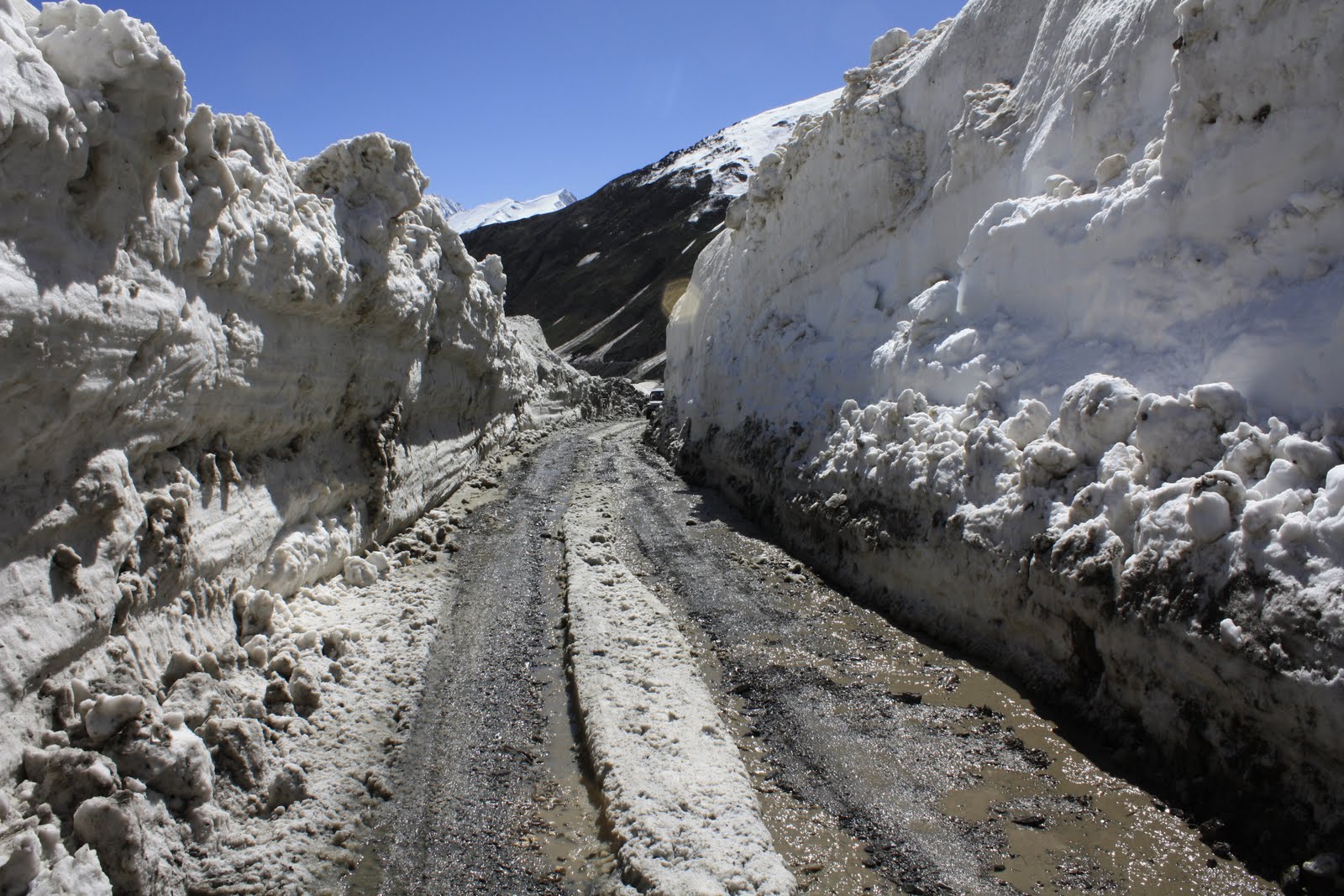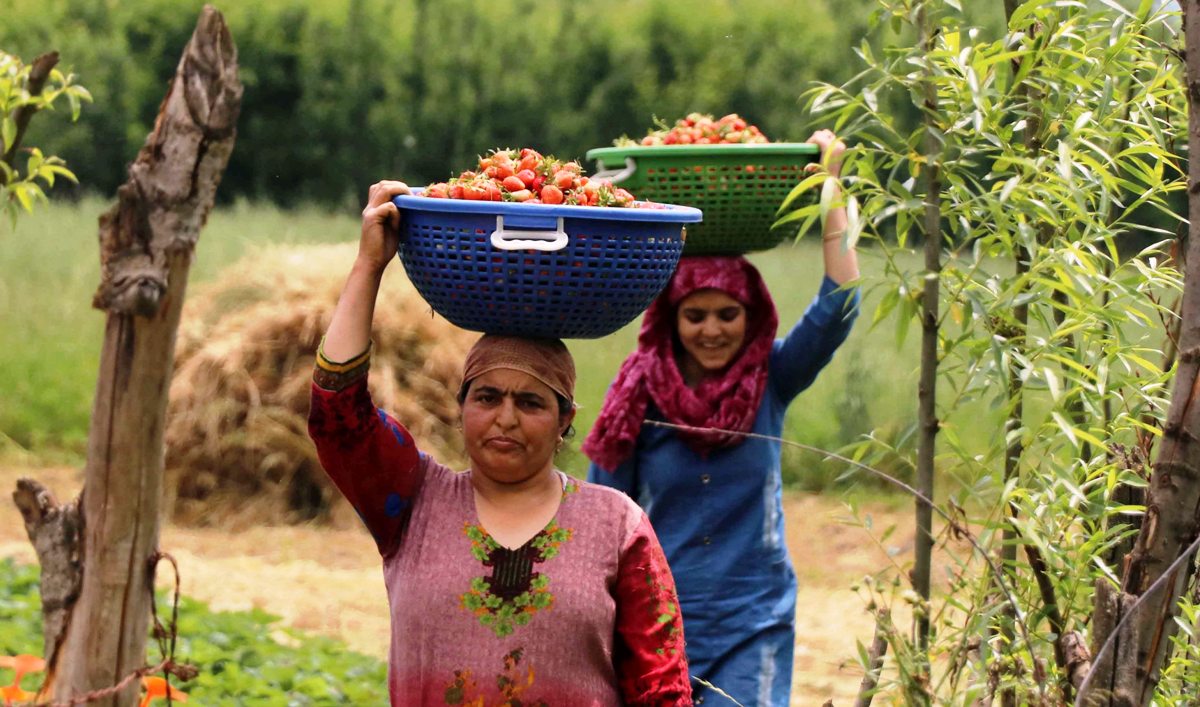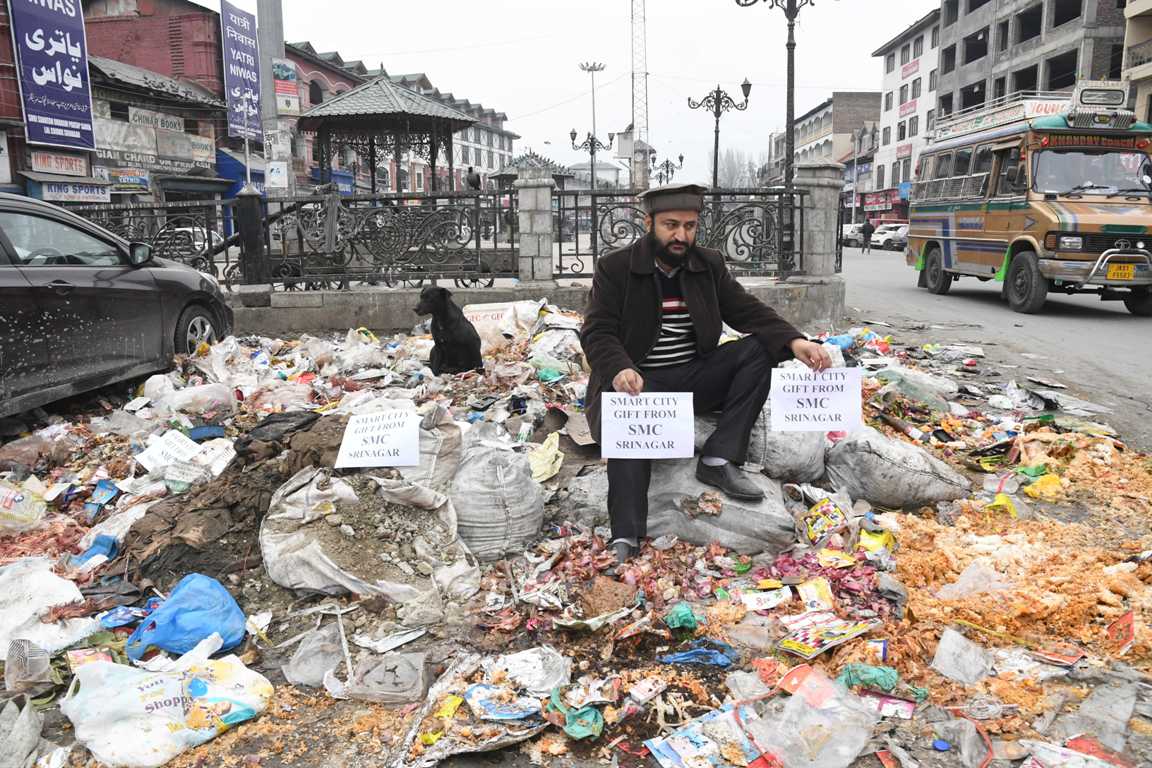by Jahangir Sofi
SRINAGAR: As temperatures soar across Kashmir, Srinagar and its surrounding areas are grappling with a significant water shortage, with a daily deficit exceeding five million gallons, official sources said.
Anbreen Anjum, a senior officer at the PHE Department Kashmir attributed the scarcity to multiple factors, including a sudden increase in the floating population, marriages, a persistent heat wave, and other contributory elements.
“Our current water generation capacity is 72 million gallons per day (MGD),” Anjum explained. “However, there has been a sharp rise in water usage, primarily due to the influx of floating population, ongoing marriage ceremonies, the heat wave, misuse of water, illegal connections, and extensive construction activities.”
She said that Srinagar’s water supply system has been divided into five zones, serviced by 17 operational water treatment plants, adding that the city, which accommodates approximately 1.8 million tap users, including the floating population, requires around 77.53 MGD to meet its needs. However, the available generation capacity has dropped to 72.25 MGD, creating a notable shortfall.
“To address this deficit, we plan to enhance our production capacity,” Anjum said. “We will also intensify inspections to curb illegal water usage. In the meantime, water supply in core areas of Srinagar will be managed in shifts with “adequate” supply, and water tankers will be on standby to ensure adequate supply.”
The senior officer added that water demand has also surged recently, partly due to the commencement of agricultural activities that require substantial irrigation. Additionally, some water intended for domestic use is being diverted for power generation, further straining the supply.
Anjum also highlighted the misuse of filtered drinking water for non-essential purposes such as watering kitchen gardens and parks, particularly in the tail areas of Srinagar. She said the practice has exacerbated the water scarcity in these areas.
“To mitigate the situation, the PHE Department is taking immediate steps to improve water management and distribution. However, residents are urged to use water judiciously to help alleviate the current crisis”, she said.
Notably, the distribution of drinking water in Kashmir has been facing a cascading impact of climate change over the years, with reduced snowfall and retreating glaciers aggravating the impending water crisis as the glaciers in Kashmir Himalayas are melting at an alarming rate, threatening the region’s water security.
(Photograph used in the report is representational)















